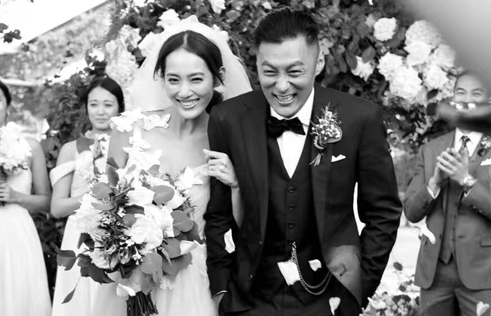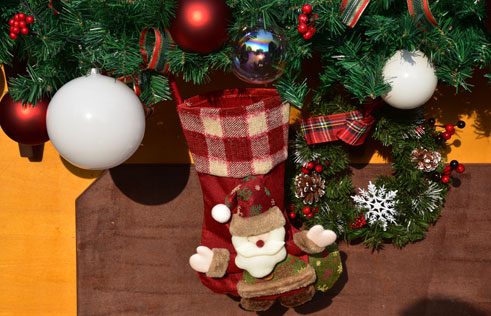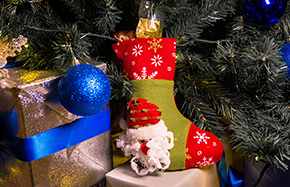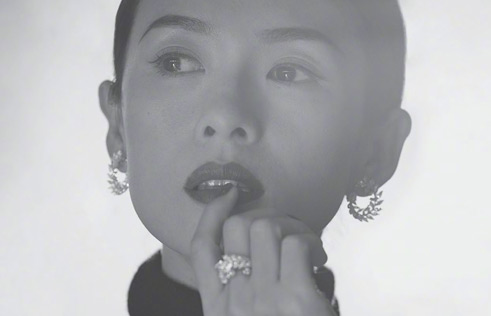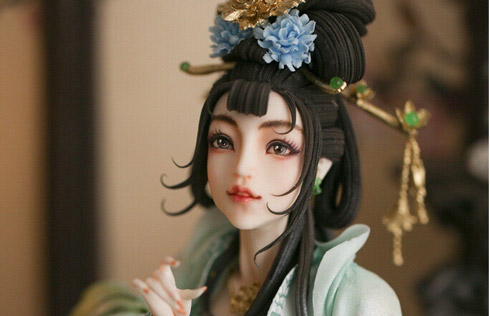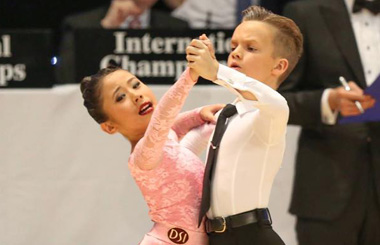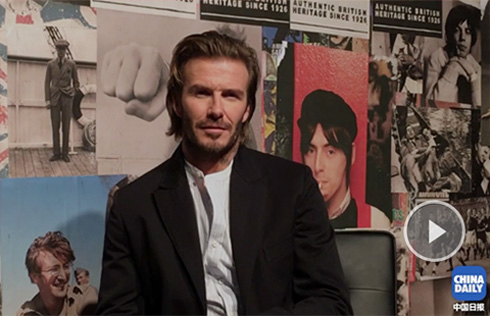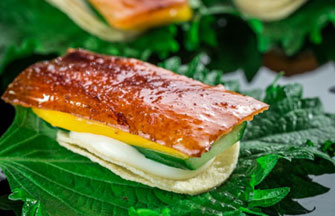Cut the craft: Yuxian folk art festival
The first Chinese Paper Cutting Art Festival came to a close Tuesday in Yuxian County, Hebei Province, where hundreds of folk artists and recognized intangible cultural heritage inheritors of paper cutting from all China gathered together to celebrate the traditional folk art.
|
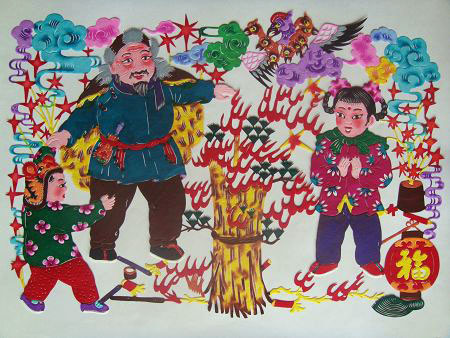 |
|
Paper cut scene depicting country life by artist Li Baofeng. [Global Times] |
"It is a good chance to communicate with so many artists and experts and learn from each other," said Zhou Guang, one of the golden prize winners of this festival and Chinese folk artist awarded by UNESCO.
About 10,000 showed up for the opening ceremony on Sunday, many of which later browsed the numerous artist exhibitions including works selling anywhere from 10 yuan ($1.47) into the thousands.
"Paper cutting is one of the most classic folk arts in China, a way to convey bless-ings and worship for Chinese people," said Wang Zhijun, the Secretary of Yuxian County Party Committee.
"Its charm comes from the life of people, as an expression of people's true feelings," he added.
Since 2009, UNESCO has inscribed paper cutting as an Intangible Cultural Heritage of Humanity with thousands of years of history, recognizing Ansai in Shaanxi Province, Yangzhou in Jiangsu Province, Yuxian in Hebei Province as centers of the folk art. Meanwhile, paper cutting has attracted more and more attention in recent years, with 41 heritage sites declared by the central and local governments.
"Paper cutting has seen great development during these years. We see not only the original paper cut with traditional characteristics and rustic beauty, but also modern interpretations, as well as works with strong personality," said Xiang Yunju, the general secretary of the Chinese Folk Literature and Art Society.
During this festival, the opening of the Paper Cutting Art Street witnessed 41 artists from different paper cutting centers to showcase their works diverse in skill, concept and inspiration.
"There are three genres of paper cutting, the northern style, the Jiangsu-Zhejiang Style, and the southern Style, each of them influenced by their geography and local culture," said Sun Hongjie, the vice chairman of the Paper Cutting Arts Committee.
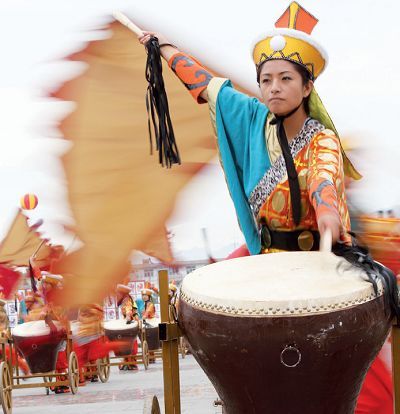 |
|
Performer during the festival's opening ceremony. [Global Times] |
"Yuxian style is unique as it uses a technique that cuts out the negative space of the pattern instead of cutting out the pattern itself, leaving more paper to dye," added Sun.
As one of the homes of paper cutting with more than 200 years of history, Yuxian is famous for its detailed, colorful and lively style. According to Zhou, paper cutting was originally window decoration, and developed over the years by reflecting its unique cultural background.
"Yuxian's paper cutting was inspired by spring festival customs, local opera, embroidery, and festival celebration activities. All these elements are the roots of our works," said Zhou.
Zhou's father, Zhou Yongming, was the apprentice of Wang Laoshang (1890-1951) the Yuxian master of paper cutting recognized today by a statue on the newly opened Paper Cutting Art Street. Wang not only developed new cutting techniques, but also created a series of Peking Opera masks and figures that are considered representative works of Yuxian. His work inspired many people to follow him and make a living by paper cutting.
"I love opera, and like cutting the opera masks as Wang Laoshang did," said 75-year-old Zhou Zhaoming, the nationally recognized paper cutting artist in Yuxian, "it is very difficult to do early on, but as long as you love it, you keep at it."
The elder Zhou was also born in Nanzhangzhuang village in Yuxian County, the hometown of Wang Laoshang. He has created many exquisite masterpieces; some valued as high as 10,000 yuan ($1,476).
Apart from the elder artists, many young people are also stepping into this industry, providing an important boost of energy to Yuxian paper cutting.
During 2009, there were about 30,000 people working in this industry producing 5 million pieces, which grossed 200 million yuan ($30.4 million) in Yuxian. The various types included traditional decorations for spring festival, weddings, tourism souvenirs and high quality pieces for collectors.
However along with development, paper cutting also faces problems such as copyright infringements and market competition.
"As a kind of cultural product, we have to consider the balance between business and art, and how to preserve the creativity of traditional paper cutting," said Sun.
"We hope to find suitable ways to help people understand the importance of copyright, while respecting the creativity and originality of the paper cutting," said Gao Dianliang, another golden prize winner at the festival.



